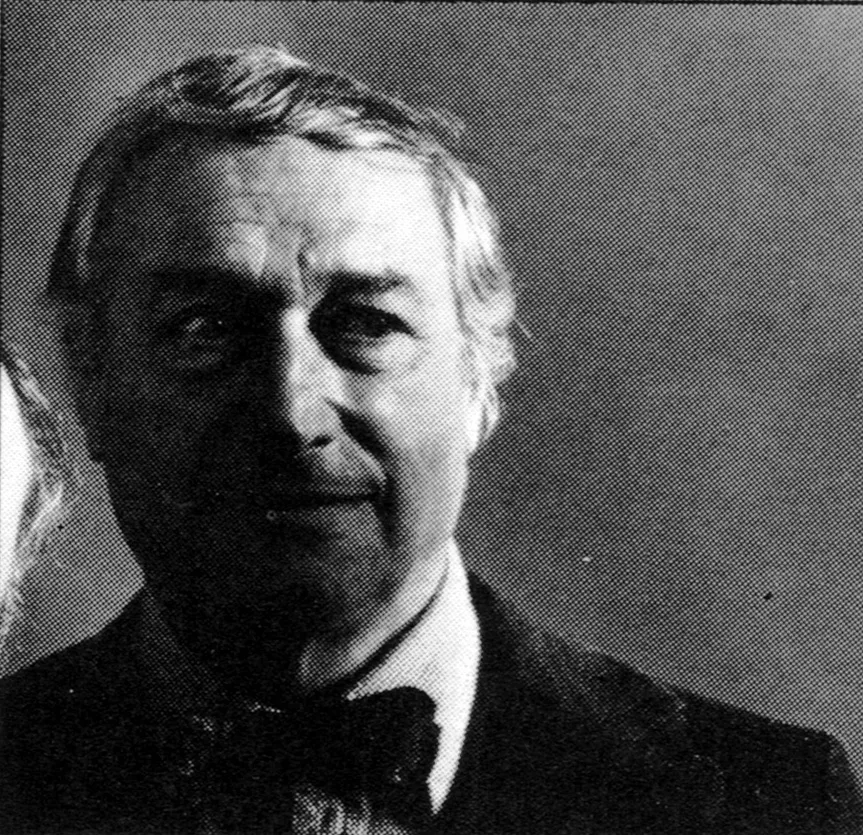
Information
‘Twenty seven examples of successful design coordination are presented in this book. They are drawn from nine countries, and range from international corporations such as IBM and Olivetti, through special schemes such as the British Road Signs and the Tokyo Olympics, to a small apple farmer in Sussex. “This is the first authoritative book on an important new subject. Design coordination and the corporate image is the Tiel choose by the authors to describe the activity which creates a house style, a yet goes a great deal further and deeper. It is an active which can be initiated by a corporations top management as a long-term policy.’
Details
Linked Information

